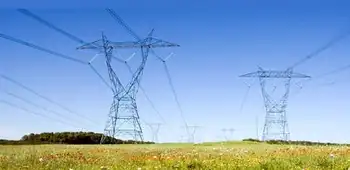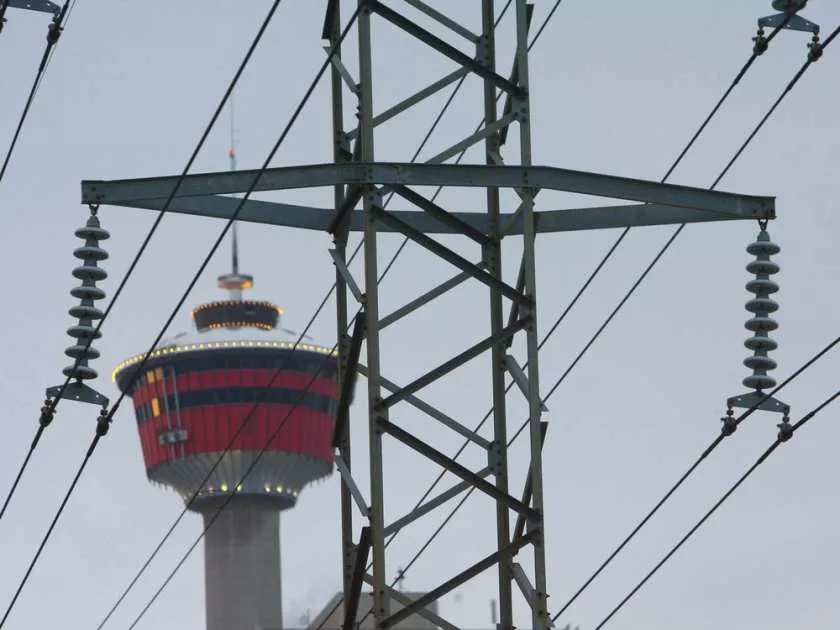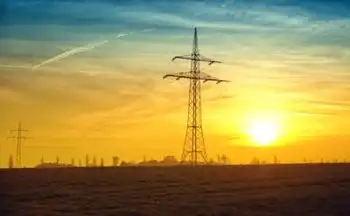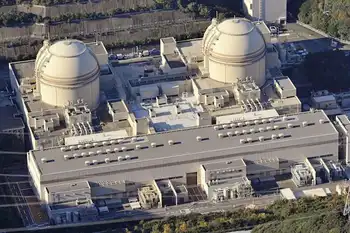HVDC systems to help renewable energy integration, study says
- Utilities, grid operators, and governments worldwide are engaged in massive programs to build new electricity infrastructure to meet increasing demand to support economic growth. The transmission systems necessary to support this growth have been a mix of high-voltage direct current HVDC, limited to long-distance point-to-point bulk power transmission, and traditional high-voltage alternating current HVAC transmission lines.
Recently, new developments in HVDC conversion technologies are expanding the range of HVDC applications to include shorter, multi-terminal applications and ones aimed at integrating renewable energy assets into the power grid. According to a recent report from Pike Research, a part of NavigantÂ’s Energy Practice, worldwide cumulative spending for HVDC systems between 2012 and 2020 will be between $110 billion and $120 billion.
“The sheer number and scale of planned HVDC system build-outs is impressive,” says research director Carol Stimmel. “While some argue that very large HVAC systems built within grid networks can satisfy new demand, many believe that the future belongs to HVDC overlays that interconnect very large grid systems and ultimately enormous regions on a global scale. Over two-thirds of new large-scale transmission planned or under construction are HVDC systems.”
HVDC technology facilitates the integration of renewable energy generation sources by keeping potential harmonic and frequency distortions from entering the AC grid network. While the scale and expense of HVDC build-outs over the remainder of this decade is sure to be immense, the distinction between “planned” and “probable” HVDC systems, however, is sharp. The number of announced public systems slated for commissioning between 2012 and 2020 is nearly 100, at a cost of a little more than $217 billion. That forecast, based on the officially announced budgets and schedules for HVDC systems, overstates the likely outcomes by nearly a factor of two, according to the report.
The report, “High-Voltage Direct Current Transmission Systems”, provides a comprehensive analysis of the global market opportunity for HVDC transmission systems. The study examines key market drivers and barriers by world region, policy and regulatory issues, economics of transmission system construction and operations, HVDC technology issues, profiles of key industry players, and a comprehensive database of HVDC systems planned and under construction.
Market forecasts for HVDC systems and spending are provided through 2020, with segmentation by world region, and including a probabilistic analysis of the likelihood of various investment levels during the forecast period.
Related News

Transmission constraints impede incremental Quebec-to-US power deliveries
MONTREAL - With roughly 37,000 MW of installed hydro power capacity, Quebec has ample spare capacity that it would like to deliver into Northeastern US markets where ambitious clean energy goals have been announced, but expanding transmission infrastructure is challenging.
Register Now New York recently announced a goal of receiving 100% carbon-free energy by 2040 and the New England states all have ambitious greenhouse gas reduction goals, including a Massachusetts law requiring GHG emissions be 80% below 1990 levels by 2050.
The province-owned company, Hydro Quebec, supplies power to the provinces of Quebec, Ontario and New Brunswick, as well as sending electricity…




